- Overview
- Symptoms
- Causes & Risks
- Tests & Diagnosis
- Treatment
- Living With
- Complications
- View Full Guide
Psoriatic Arthritis: Tips to Make Life Easier

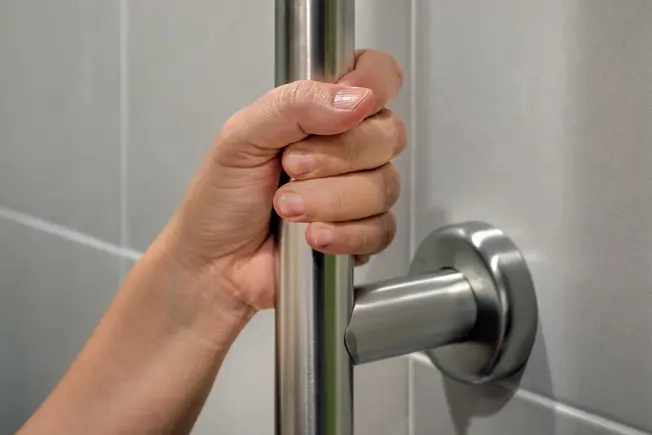
Bathing
To protect yourself from bathroom slips and falls, always use non-slip mats on the floor. Put in grab bars to help you move in and out of the shower or tub. Sit on a chair or bench to stay steady while you shower. A push-button dispenser on the shower wall lets you get soap and shampoo without the need to lift heavy bottles or struggle with caps. It's easy to lather up with a bath mitt, and a long-handled brush makes it easy to reach your back. When you step out, wrap yourself in a cozy terry robe to dry off without having to bend and reach.

Dressing
Opt for loose-fitting clothes with large openings. You can add a belt or sash for a sleeker look. Thread the belt through the loops before you put on your pants or skirt. Instead of buttons, try elastic waistbands, hook-and-eye closures, Velcro, and zippers. Zipper pulls can help you grasp and pull them more easily. You can buy a cord pull or hook a paper clip through the hole in the tab.
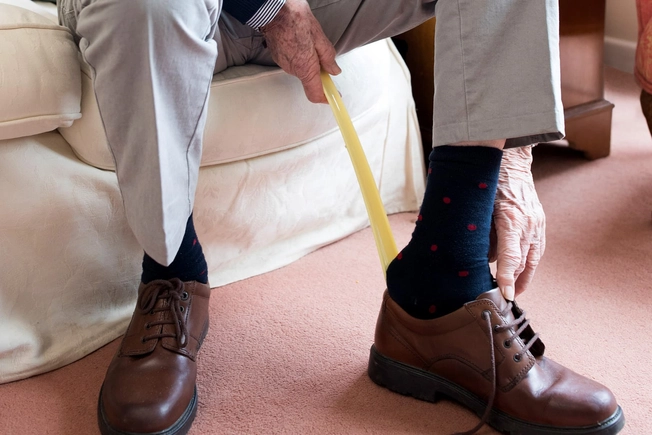
Comfortable Shoes
Shoes with extra toe room and cushioned insoles can help ease the stress on your foot and leg joints. A long-handled shoehorn will help you slip them on without having to bend over. Velcro closures are your friend here, too. Elastic laces will also give you a snug fit without having to tie them.
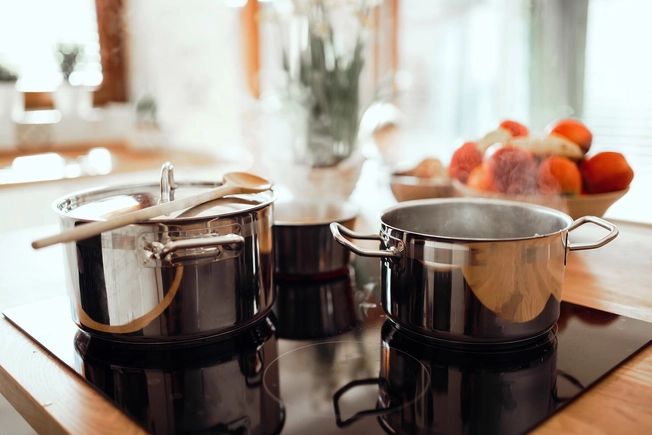
In the Kitchen
Electric can or jar openers and long-handled tools that give you more leverage can make cooking easier. Pots and pans with two grips instead of one spread the weight and reduce the strain on both hands. A lazy Susan lets you find the can of corn or peas without having to move everything in the cabinet. If you have trouble opening your refrigerator door, tie a ribbon or scarf to it and then hook your arm through it to use your body weight. Set aside a day when your energy is high to cook enough for at least a few days, so you'll have meals for the days when you feel tired.
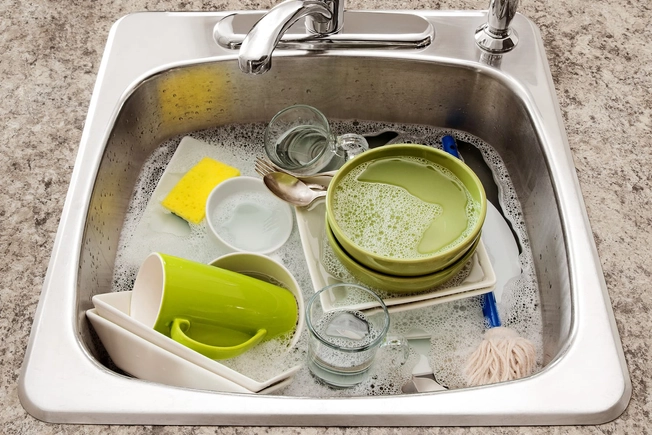
Cleaning Up
Put the power of hot water and cleaning solution to work for you: Spray a stain or put the dishes in the sink to soak while you do something else. When you come back, washing up will be quick work. Lighten your load by pouring cleaning products from big, heavy bottles into smaller ones. Use a rolling cart to move supplies from place to place, or keep supplies handy in different places around your house. Whenever you can, tackle a mess right away. It's always easier to wipe spills up before they dry or to tidy up before the clutter piles up.
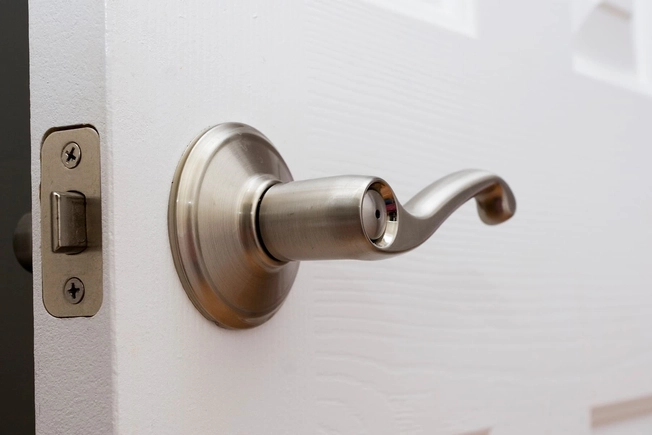
Get Some Leverage
Replacing doorknobs with levered door openers can make getting around the house easier. Attachments that allow you to grip and turn keys with your whole hand rather than just your thumb and two fingers can help you lock up the house and start the car.
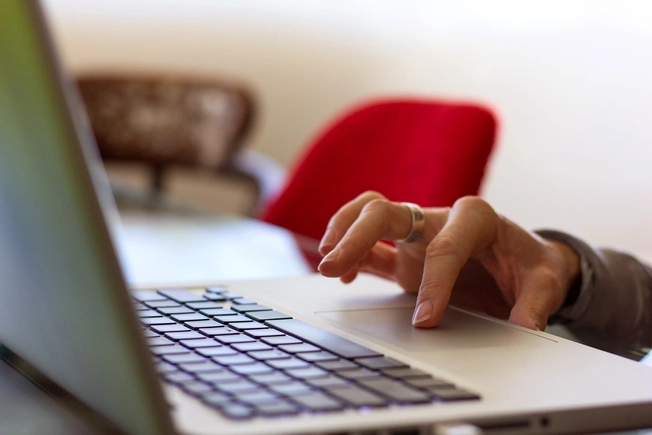
Arrange Your Workspace
Keep frequently used items in easy reach. Use electric tools like staplers or pencil sharpeners when you can. If you work at a computer, try a track pad instead of a mouse. Thick-barreled pens with gel ink let you write with less resistance, while rubber or plastic pen or pencil grips can ease stress on your hand and finger joints. Voice-recognition software can let you dictate text without writing or tapping a keyboard at all.

Don't Sit Too Long
Sitting or standing too long in one position can trigger a flare. Take a break to move around once in a while. Timers or alarms can help remind you when you need to take a break and shift position. You can also upload a "take a break" app to your phone that can help you schedule a day's worth of breaks, give you exercises to do, and more. Resting once in a while helps reduce stress on your joints.
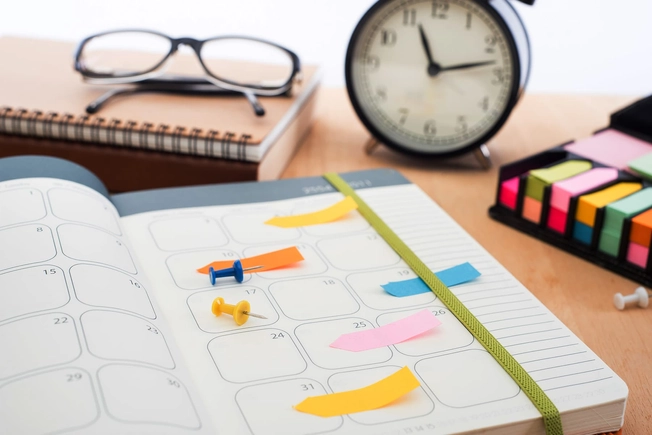
Clear Away Brain Fog
Psoriatic arthritis doesn't just affect your skin and joints. It can release chemicals in your brain that get in the way of how it works. You may feel tired, forgetful, and unable to think straight. In other words, you have "brain fog." The best thing to do is to plan for it: Write everything down, from dentist appointments to grocery lists. Use sticky notes, a day planner, a dry-erase board, or a memo app in your phone. Keep a log of when you feel sluggish, and plan around these times for when you need to be alert.
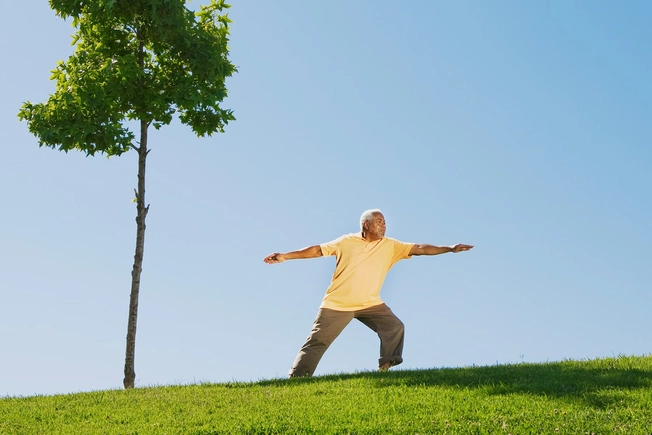
Strike a Pose
Yoga is a great way to ease both your physical and emotional symptoms. The stretches help to ease stiffness, and holding the poses is a low-impact way to build strength. And stronger muscles give better balance, which can help protect you from falls. Yoga can help relieve stress and anxiety, too. This will help you sleep better as well as keep flares at bay.
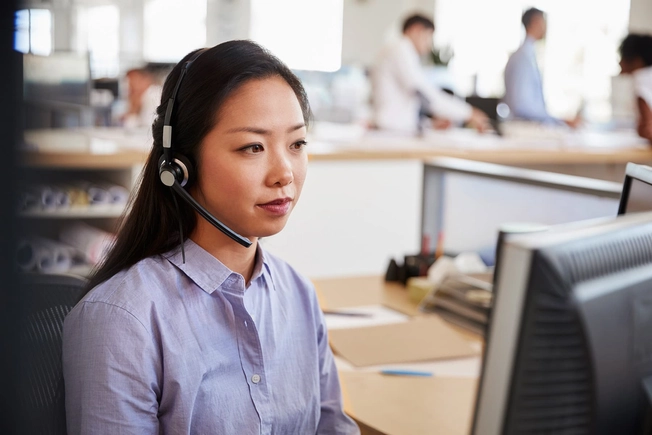
Know Your Rights
If your condition means you need special equipment, a chair or desk that works better for you, or even time off from work when a bad flare hits, ask your boss. The Americans with Disabilities Act requires companies with more than 15 workers to make a “reasonable accommodation” for workers. The Equal Opportunity Employment Commission, disability rights groups, or a lawyer might be able to help.

Know Your Triggers
Things like stress, infection, a skin injury, or changes in the weather can cause your condition to flare up. Alcohol, smoking, and certain foods might trigger a fresh bout of pain or inflammation. If you take notes in a journal or diary on what you were doing when a flare happens, it may help you learn what to avoid.